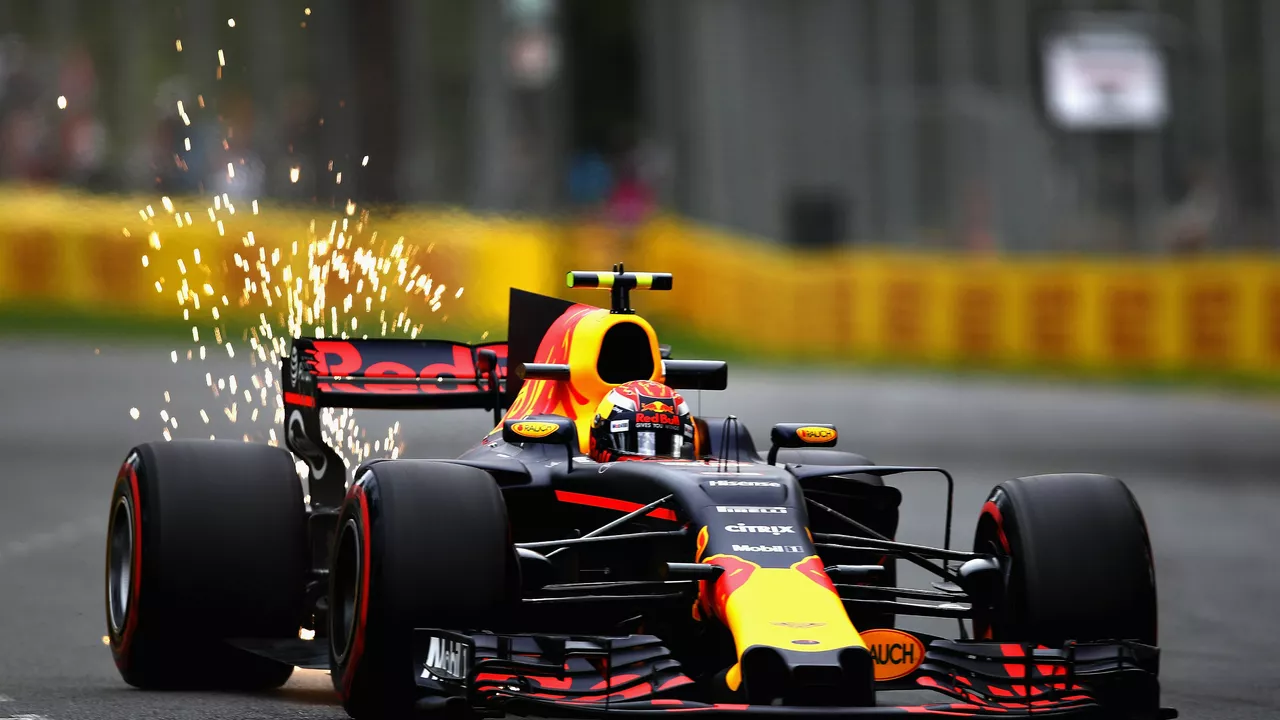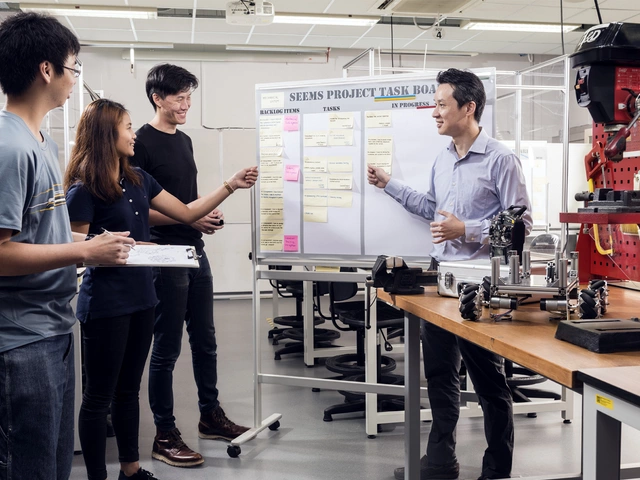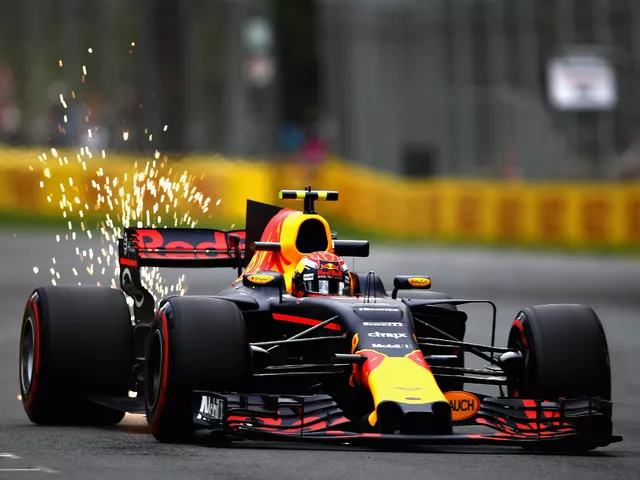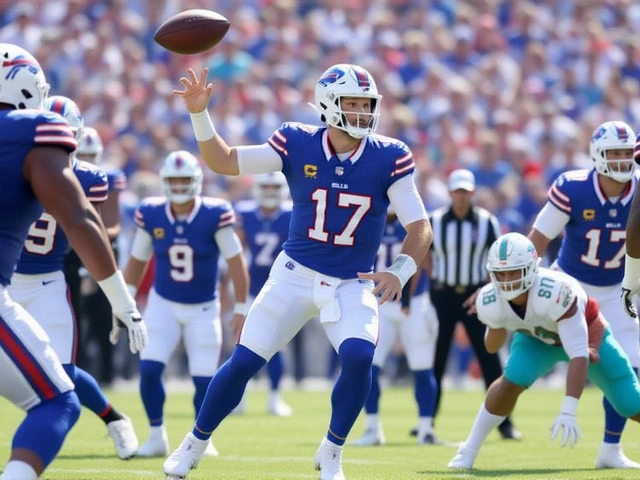Formula 1: What You Need to Know
If you’ve ever wondered why millions tune in every weekend, the answer is simple – F1 blends speed, engineering and drama like nothing else. A season runs from March to December with around 20 Grand Prix events on streets, circuits and even historic tracks. Each race awards points to the top ten finishers, and the driver and constructor with the most points at the end win the championships.
Cars are single‑seat, open‑wheel machines built to strict regulations. The engine, aerodynamics and tyre choice all shape performance. Teams spend huge sums on research, but the rules keep the field relatively even, so driver skill still matters a lot. If you’re new, start by watching the opening race, notice the pit stops and track how the lead changes over the laps.
Why Formula 1 Matters to Subaru Fans
Subaru may be famous for rallying, but the technology that wins on gravel often shows up in F1‑derived parts. Aerodynamic lessons, lightweight chassis and advanced engine mapping all travel between disciplines. When Subaru engineers study how F1 manages heat or extracts downforce, they can apply those ideas to their own performance models. That cross‑pollination means a Subaru fan gets a taste of cutting‑edge innovation even if the brand isn’t on the F1 grid.
Many Subaru owners love the sound of a turbo‑charged boxer engine, and F1’s hybrid power units share the same goal: squeeze maximum power from minimal fuel. The hybrid systems that harvest energy from brakes and exhaust are directly inspired by the same principles F1 pioneered. So, following F1 gives you a glimpse of the future tech that may end up in the next Subaru sports car.
How to Follow the Latest F1 Action
First, pick a reliable source for live timing – the official F1 app provides real‑time lap data, driver changes and on‑track commentary. Next, join a community forum or social media group where fans break down strategy after each race. Listening to podcasts that explain tyre choices or weather impact can turn a casual viewer into a knowledgeable fan.
If you want deeper insight, watch the post‑race analysis on YouTube. Most channels will show the key overtakes, pit‑stop timing and where the winning car gained an edge. Take notes on which teams excel at qualifying versus race pace – that pattern often predicts the championship battle.
Finally, schedule a watch‑party with friends. Sharing the excitement of a close finish or a daring overtaking move makes the sport feel personal. Grab some snacks, keep the TV volume up for the engine roar, and you’ll quickly understand why F1 is called the pinnacle of motorsport.
Whether you’re a Subaru enthusiast, a budding engineer, or just someone who loves fast cars, Formula 1 offers a nonstop showcase of skill and technology. Dive in, follow the races, and you’ll see how the lessons from the world’s fastest circuit can influence the cars you drive every day.

Why is car racing called 'Formula 1' and some other 'formulas'?
In my recent deep dive into the world of car racing, I discovered why it's called 'Formula 1' and how other 'formulas' fit into the mix. The 'formula' refers to the specific set of rules each car must follow, with '1' indicating it's the highest level of international racing. Other formulas, like Formula 2 and 3, also exist, each with their own set of regulations but are considered lower tiers. The numbering essentially represents the hierarchy in the racing world. So, when we talk about Formula 1, we're referring to the pinnacle of international car racing, bound by a unique set of rules.
CONTINUE READING



